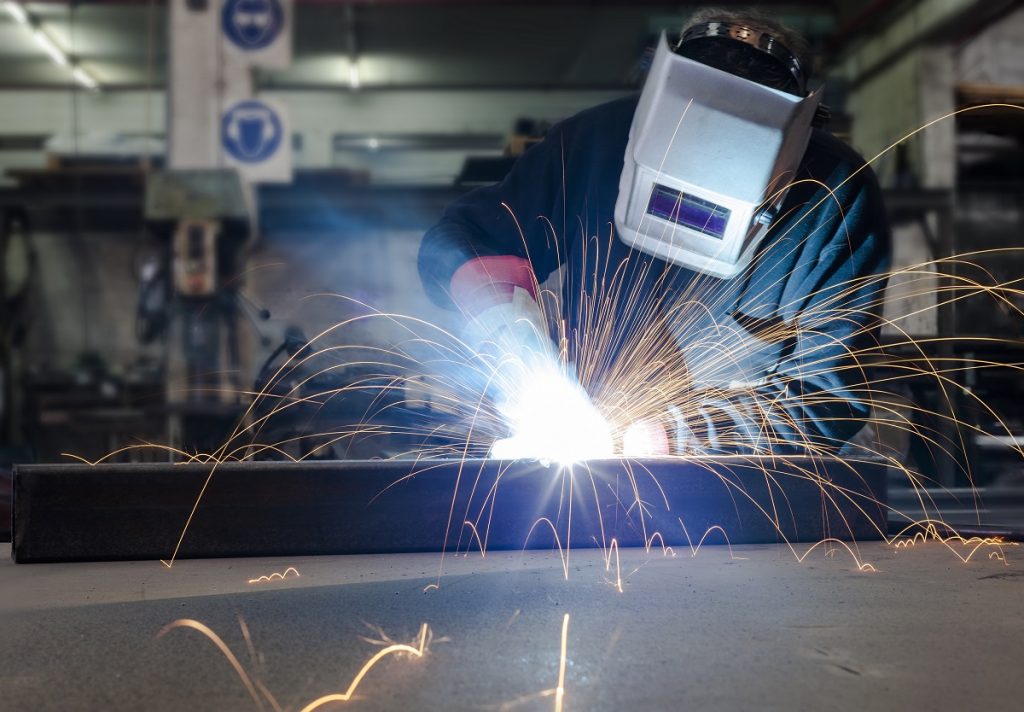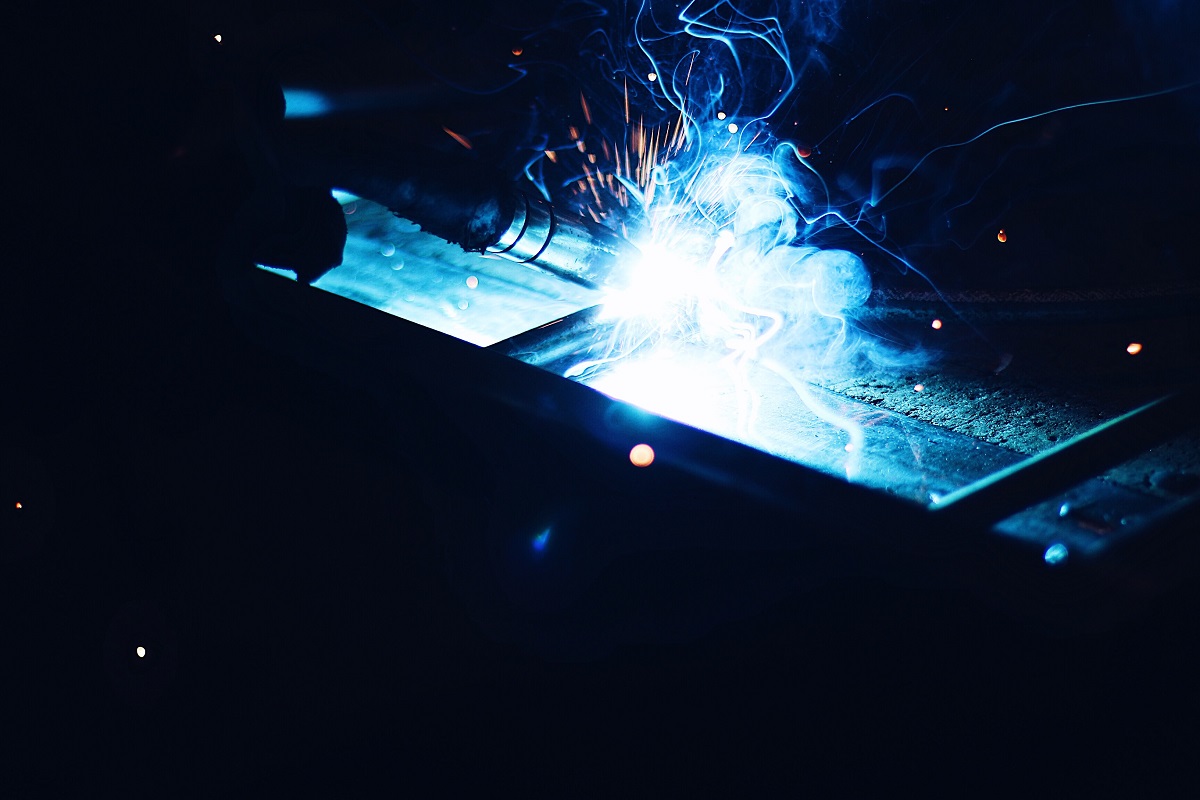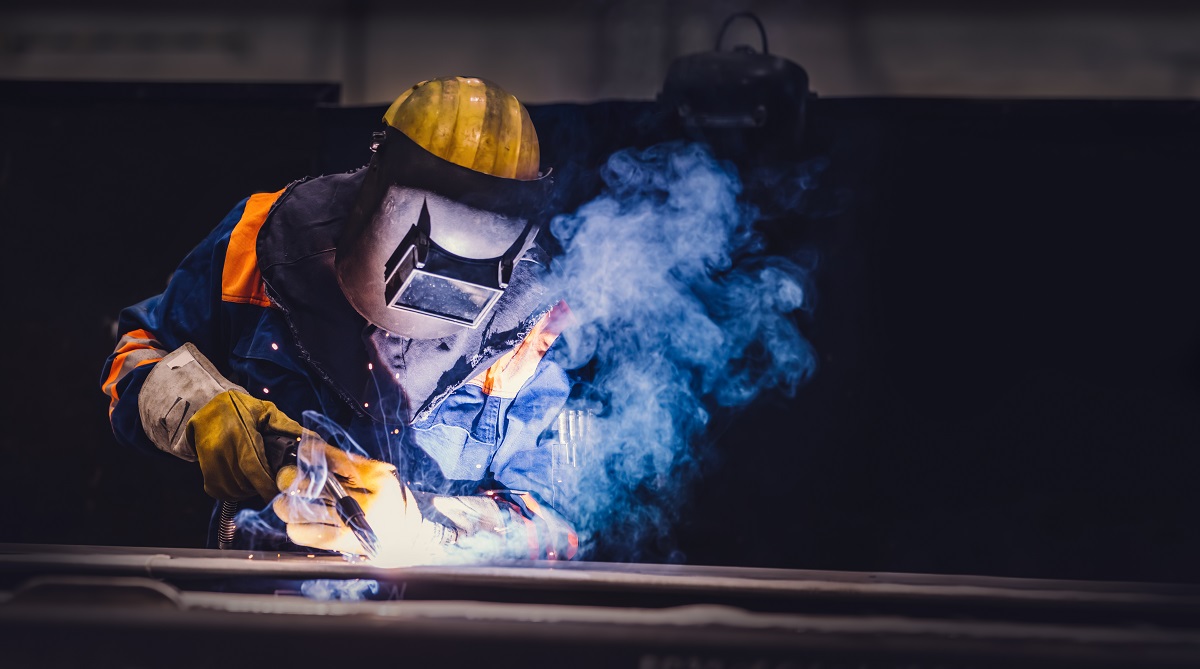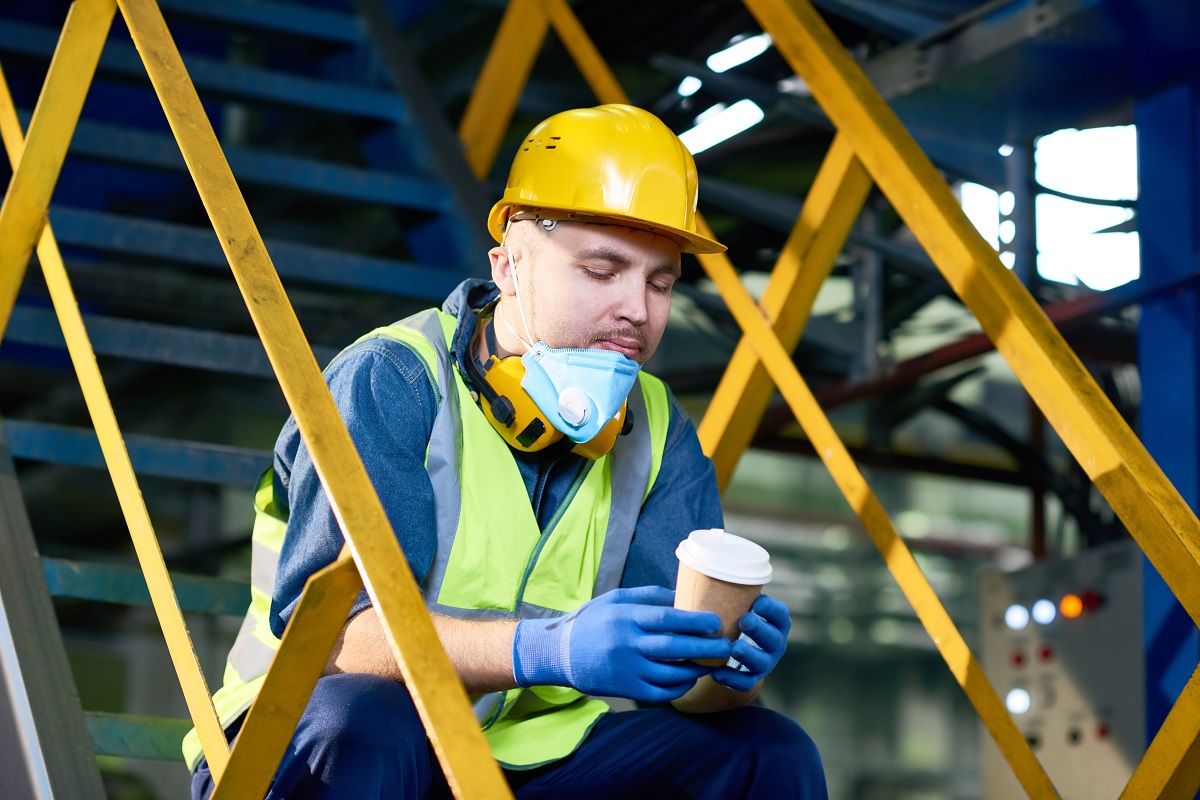7 Safety Precautions in Welding

What are some safety precautions in welding?
- Read the operating manual
- Inspect the work area
- Cover exposed skin
- Wear the right PPE
- Use a pair of earmuffs
- Work in a well-ventilated area
- Take breaks
Welding is one of the most common methods of joining fabricated metal products together. When it comes to welding, safety precautions need to be considered not only to do the technique right but also to protect the machine operator against several hazards.
There are generally several types of welding, but one common denominator is that the operator should wear the necessary protective equipment as well as, understand how to properly and safely handle the machine. For both beginners and experienced welders, everything should be in place before beginning with a project. Continue reading to learn more.
Read the operating manual

Before using your welding machine, you should first read and understand the operating manual. The manual provides you with valuable information such as the functions of each part of the machine, safety and hazard warnings, technical parameters, installation instructions, maintenance recommendations, operating instruction, and so on.
It’s generally advised to store the manual at a place where it can be easily accessed. This is so that everyone using the machine can refer back to it in the event that they may forget certain aspects of its operation.
Inspect the work area
In choosing a work area, choose a site that isn’t prone to dampening or moisture. For your workspace, make sure that it’s sturdy enough to support all machines and materials that you’ll be working on. Keep loose objects away from you, as they may potentially affect the quality and safety of the operation.
If there are any problems that have been discovered during an inspection, make sure to fix them immediately. For example, your work desk may be riddled with clutter and other flammable and hazardous materials like gasoline, cloth, rags, paper, oil, and the like. In this case, transfer them to another location or throw them away altogether if they’re no longer necessary.
Cover exposed skin

You’d want to make sure that you’re not exposing any skin during the welding operation. This is because you don’t want to endanger yourself from the sparks that may result during the process.
Small openings in your outfit like open packets, cuffs, or buttoned-down shirts can catch these sparks and in turn, inflame your skin if it isn’t protected.
It’s best to put clothing on every part of your body. For maximum protection, high-necked shirts that have a low flammability rating are ideal.
Wear the right PPE
Regular clothing may not be enough to fully protect yourself against hidden dangers in welding, which is why the right PPE can provide a solution for this.
To protect your eyes and face against intense sparks, lights, and flying debris, make sure that you wear an industrial-grade welding helmet or goggles. You should also be able to wear this gear alongside a respiratory — buy this part separately if they’re not built into the helmet.
As said before, the safest clothing to wear is fire or flame-resistant (FR) clothing and arc flash clothing. These may range from the following FR clothing: hoods, jackets, coats, accessories, pants, coveralls, coats, shirts, undergarments, gloves, work boots, and the like.
Use a pair of earmuffs

Some of the more common welding techniques produce great levels of noise which can be unbearable, especially during prolonged periods. Since welders often work close to their workpiece, they should wear hearing protection such as earmuffs or earplugs.
Hearing protection gear is not only important in welding, but also for a vast number of industrial processes. In metal manufacturing facilities, for example, noise pollution can be contributed by clanging metal or other fabrication processes.
To choose the best hearing protection, buy the ones that have a higher hearing class-rating. Some earmuffs are also electronically fitted with communication devices so that you can safely and easily communicate with other personnel on the worksite.
Work in a well-ventilated area
Apart from decluttering the worksite, you also need to see to it that you’re working in a well-ventilated area. As you may know, the welding process can produce toxic fumes that can disperse in the area.
Without proper ventilation, the welder might experience a number of health and respiratory problems once they inhale the fumes. These hazards can all be minimized and avoided as long as the area has good breathability.
It’s advised for welders to work in spaces that have a Local Exhaust Ventilation. They’re considered to be the most effective because they identify the source of the contaminant and directly eradicate them from the workspace. For best results, use the exhaust with other-existing exhaust systems such as a mobile air filter, air cleaning device, fans, ducts, and open windows.
Take breaks

Finally, it’s important for every welder to take breaks every now and again on the job. If they’re working for long hours, they may expose themselves to different safety hazards in the facility.
By taking a breather, welders can re-energize and prepare themselves for further work. They can avoid instances of low-energy or sleepiness, which can not only affect the quality of their welding but can potentially endanger them. For example, they may injure themselves on the job or unknowingly use the wrong tool or machine. During the breaks, it’s crucial that the welders also hydrate and nourish themselves to be able to work safely and consistently.
Key Takeaway
With the guide above, you’ve learned just some of the most important welding safety precautions. For every welder, wearing the necessary protective gear should be their priority. More than that, they should also know how to properly operate the welding machine, taking great care that they keep flammable materials away from it.
When it comes to industrial processes, there’s no such thing as being too safe. This is why you should always see to it that you’re following all safety and compliance guidelines for any activity that you’ll be doing, and not just welding.


